Scotland’s often stereotyped in ways that range from wearing kilts every day to having bad weather all the time.
But there’s more to it than just these clichés.
We’re going to look at some of the most common stereotypes and see what’s really going on in Scotland.
It’s about getting past the surface-level stuff and finding out what makes Scotland truly unique.
Let’s get started!

Scottish Stereotypes
Scots wear kilts regularly
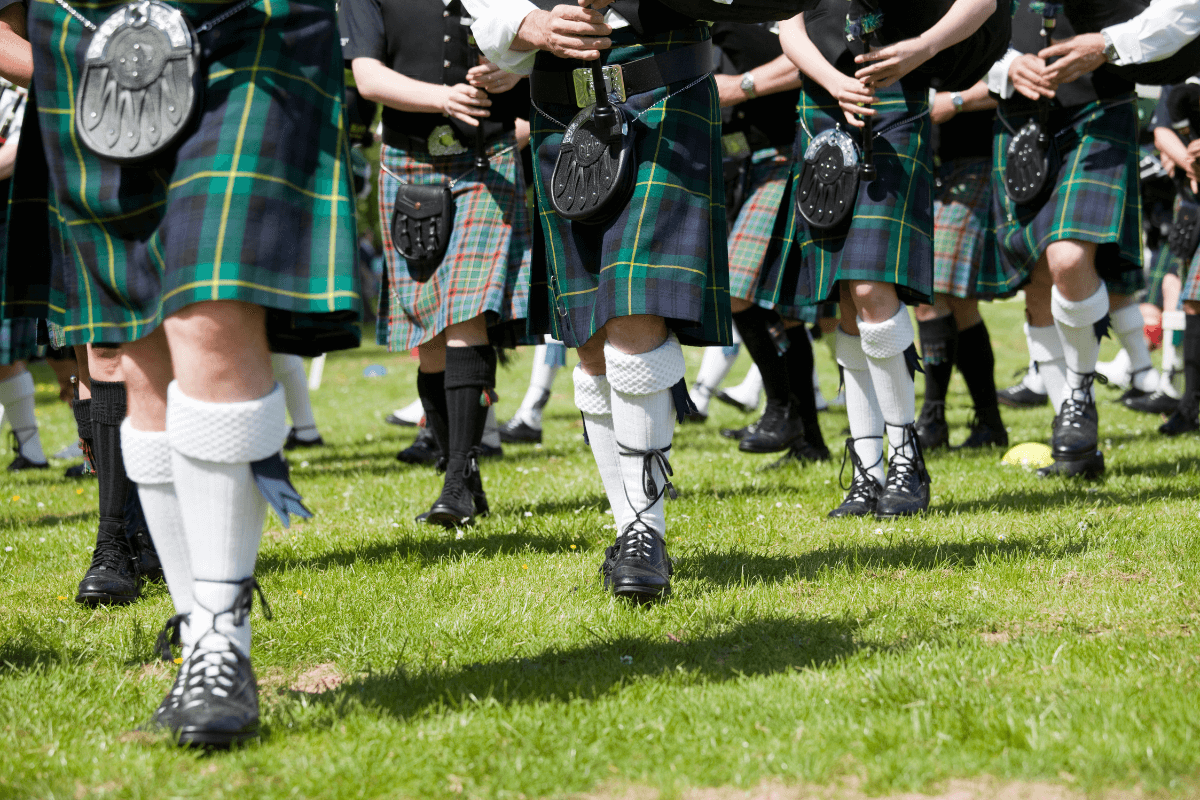
Kilts might seem like the go-to outfit in Scotland, but they’re actually saved for the big moments – think weddings or a major rugby match.
It’s not every day you’ll see someone walking down the street in full tartan.
But when those special occasions roll around, kilts come out in full force, showing off family colors or just rocking a pattern that catches the eye.
It’s a cool nod to history, but also just a great way to dress up and celebrate.
Scottish weather is always rainy or gloomy
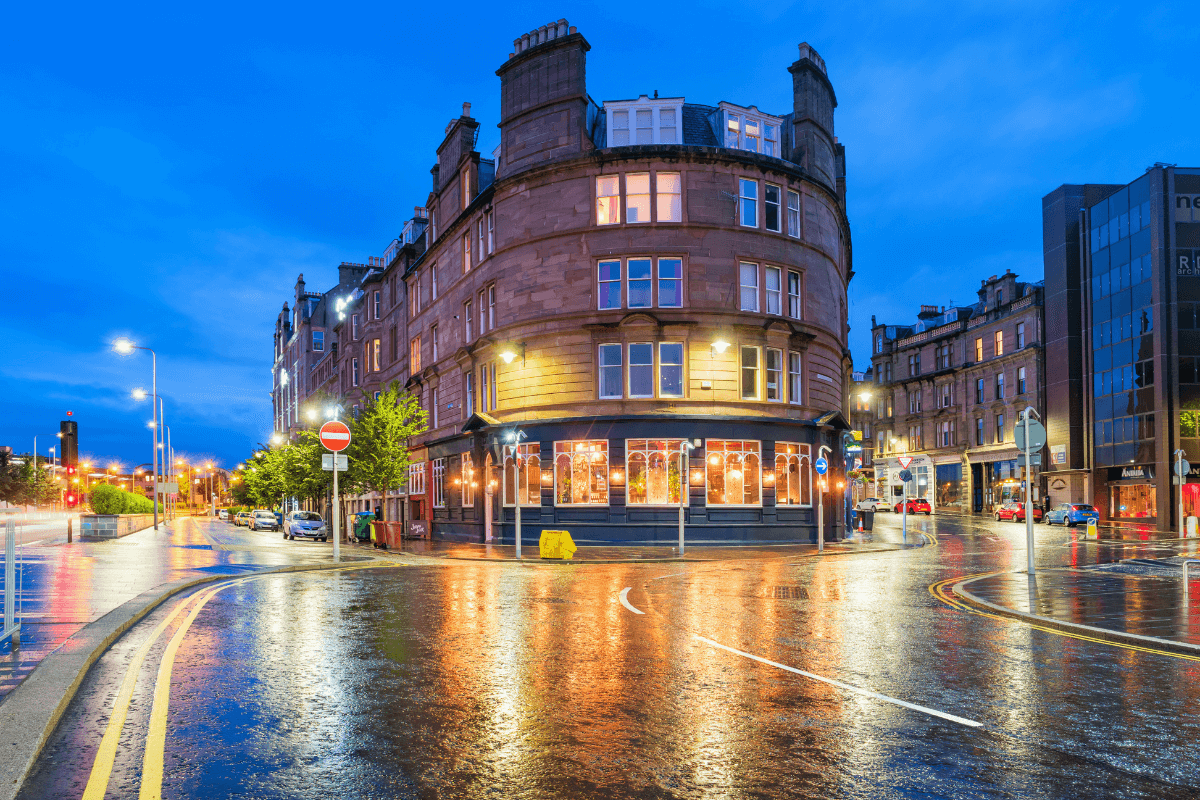
Talking about Scottish weather, it’s often joked that you can experience all four seasons in one day.
Yes, it rains a lot, and the skies can be grey, but that’s not the whole story.
The unpredictable weather adds to the charm of the landscape, making those sunny days even more special.
Plus, it’s the rain that keeps the hills so green and the air so fresh.
So, while the weather might be a bit moody, it’s also a big part of what makes Scotland so beautifully dramatic.
Bagpipes are a constant background in Scotland
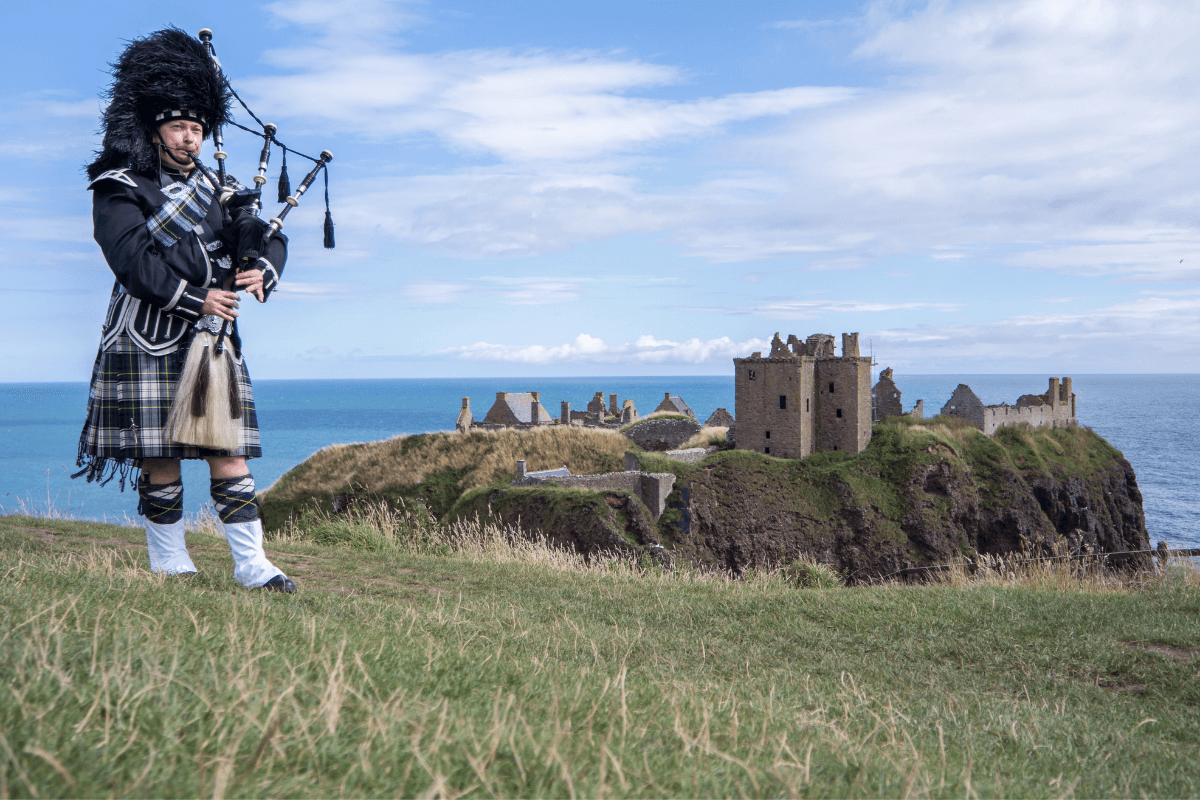
Bagpipes, those iconic Scottish instruments, often get stereotyped as Scotland’s constant soundtrack.
But really, they’re more about tradition and celebration than daily background music.
You’ll hear them at weddings, parades, and national events, where they add a powerful, soul-stirring touch.
While not every Scot plays or even loves the bagpipes, their sound is a link to Scotland’s history, stirring pride and nostalgia whenever and wherever played.
Scots have a diet heavy in haggis and deep-fried foods
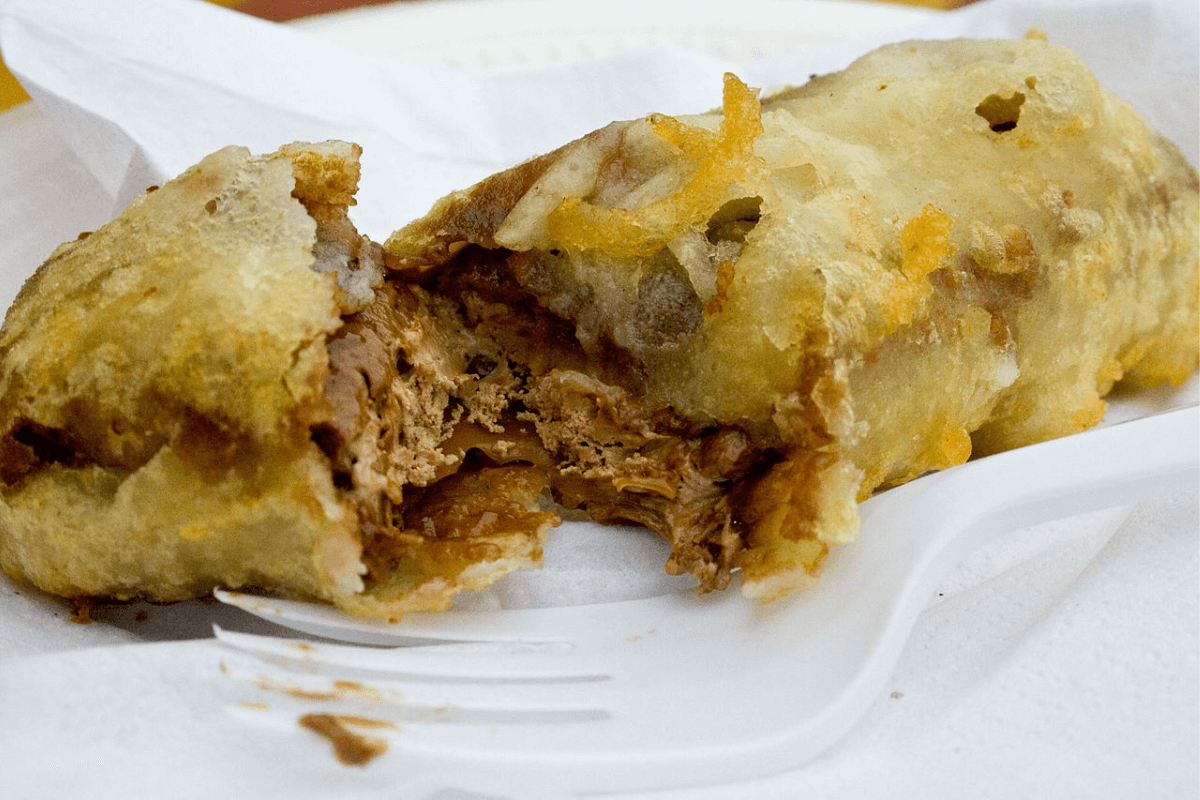
When people think of Scottish food, haggis and deep-fried Mars bars often come to mind.
Sure, these are on the menu, but Scotland’s culinary scene is much more diverse.
Haggis is a traditional dish, rich in flavor and history, and it’s definitely worth a try.
But beyond that, Scotland offers fresh seafood, quality beef, and a farm-to-table approach that’s gaining fame.
So, while you can indulge in the classics, there’s a whole world of Scottish cuisine waiting to be explored, from Michelin-star restaurants to cozy local cafes.
Scottish people are frugal or stingy
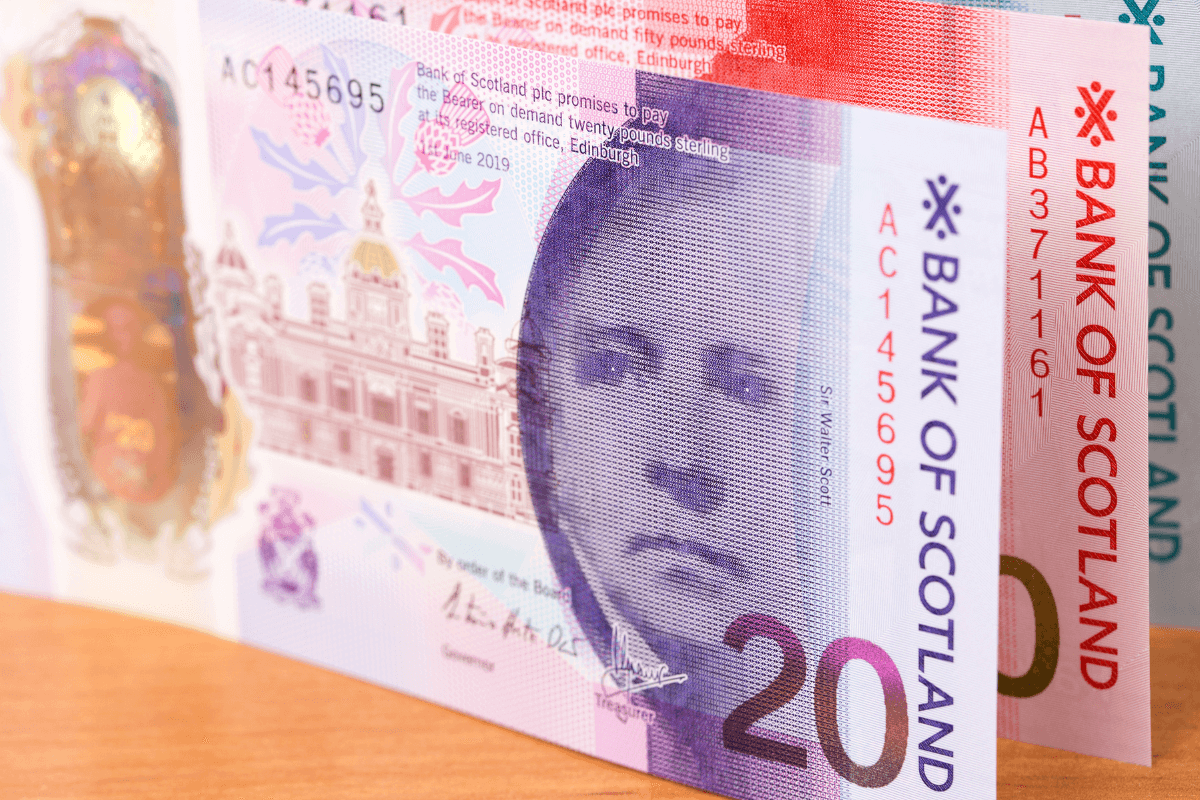
The stereotype of Scots being frugal or stingy is one that’s been around for ages.
But let’s be real, everyone loves a good deal, right?
In Scotland, it’s more about being smart with money and valuing what you’ve got.
This practical approach to finances can be seen in the country’s love for sustainable living and thriftiness, which is pretty admirable in today’s world.
So, while the stereotype exists, it’s rooted more in being economically savvy than anything else.
Everyone in Scotland loves whisky

Whisky is like Scotland’s liquid gold, often seen as everyone’s drink of choice.
While it’s true that Scotland is famous for its incredible variety of whiskies, not every Scot is a whisky drinker.
The country takes pride in this global export, and there’s a whisky out there for almost every palate.
Tasting sessions and distillery tours are popular among locals and tourists alike, offering a peek into the art of whisky making.
But just like anywhere else, people have their own favorite drinks, from tea to craft beer.
Scots are frequently seen wearing tartan
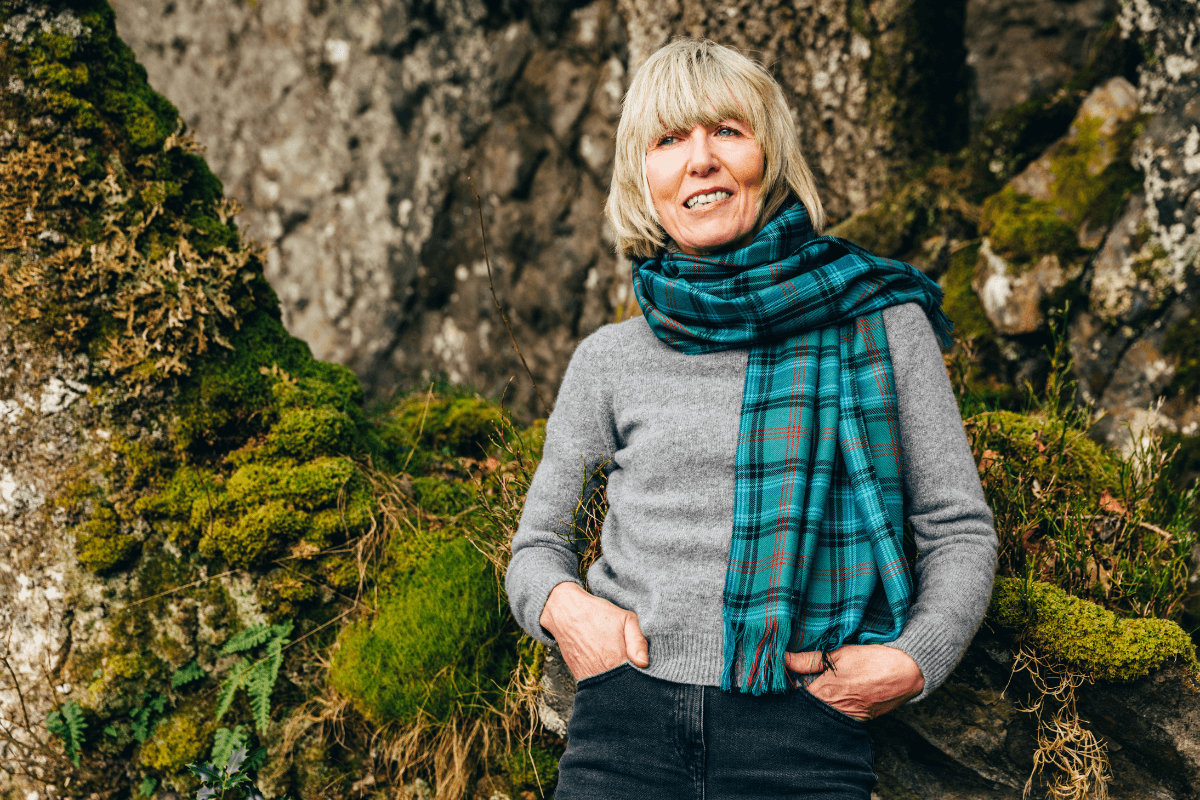
Tartan is synonymous with Scotland, often thought to be worn by everyone, everywhere.
While tartan is deeply rooted in Scottish history, representing various clans through its unique patterns, it’s not the daily uniform for Scots.
Tartan makes its appearance in kilts for special occasions and in modern fashion, showing off Scottish pride.
It’s a symbol of heritage and identity, rather than a staple in the everyday wardrobe, blending tradition with contemporary style in Scotland’s vibrant cultural landscape.
The Loch Ness Monster is a widely believed legend
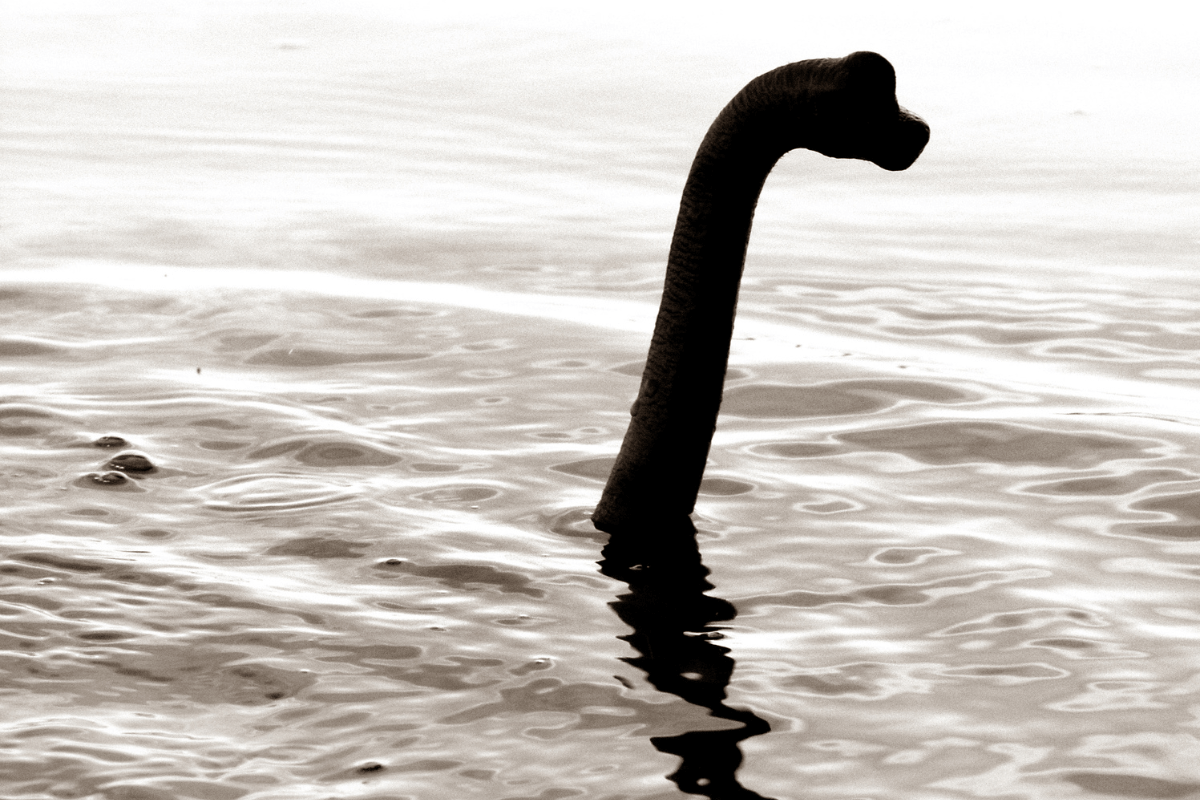
The Loch Ness Monster, or Nessie, is one of Scotland’s most famous myths, capturing the imagination of people worldwide.
While many locals and visitors keep an eye out for this elusive creature, the legend is more about fun and mystery than actual belief.
Nessie embodies the love for storytelling and the unknown that’s part of Scottish culture.
Whether or not you believe in the monster, the stories and the scenic beauty of Loch Ness make it a must-visit spot, adding a layer of enchantment to Scotland’s rich history.
Scottish people are seen as fierce warriors
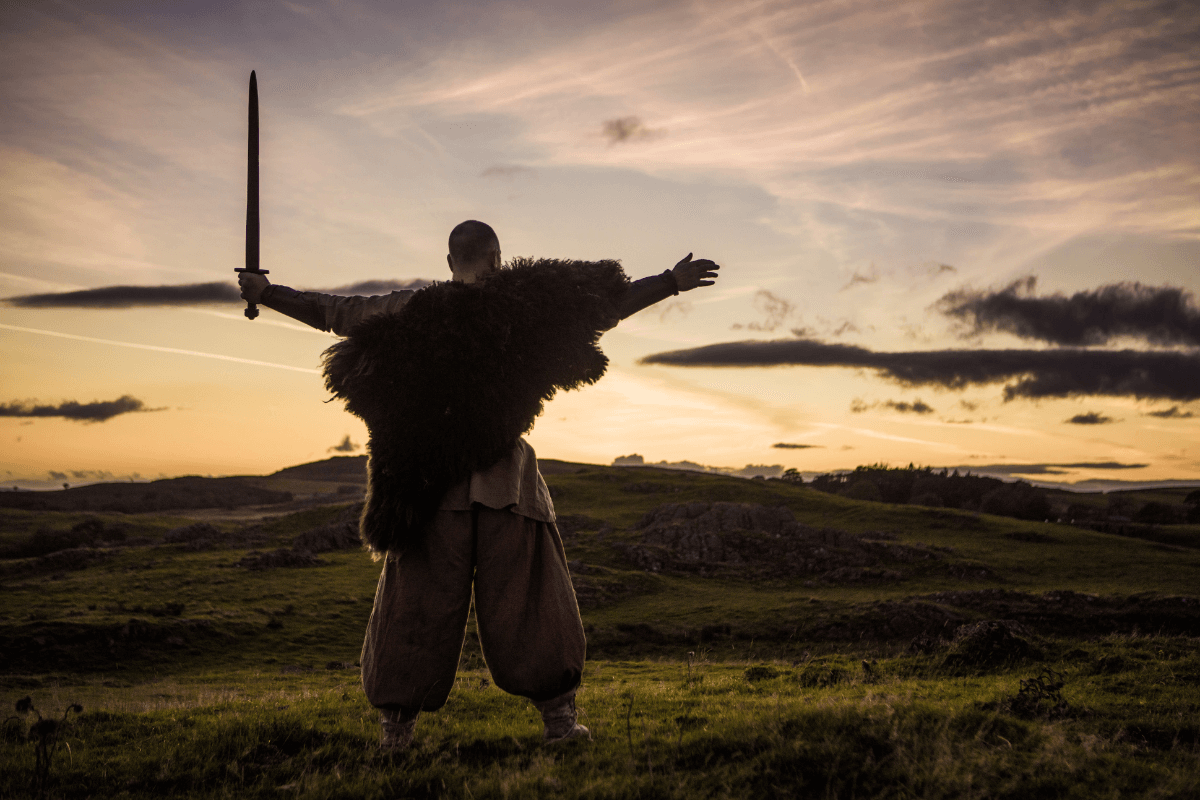
Scots are often depicted as fierce warriors, a stereotype rooted in Scotland’s history of battles and rebellions.
This image is celebrated in tales of heroes and historic fights for freedom.
However, today’s Scotland is more about welcoming visitors with warmth and sharing its rich culture.
The spirit of those warriors lives on in the pride Scots have for their country, but it’s matched by a friendly, open attitude that makes Scotland a great place to visit.
Scotland is full of castles and ancient ruins
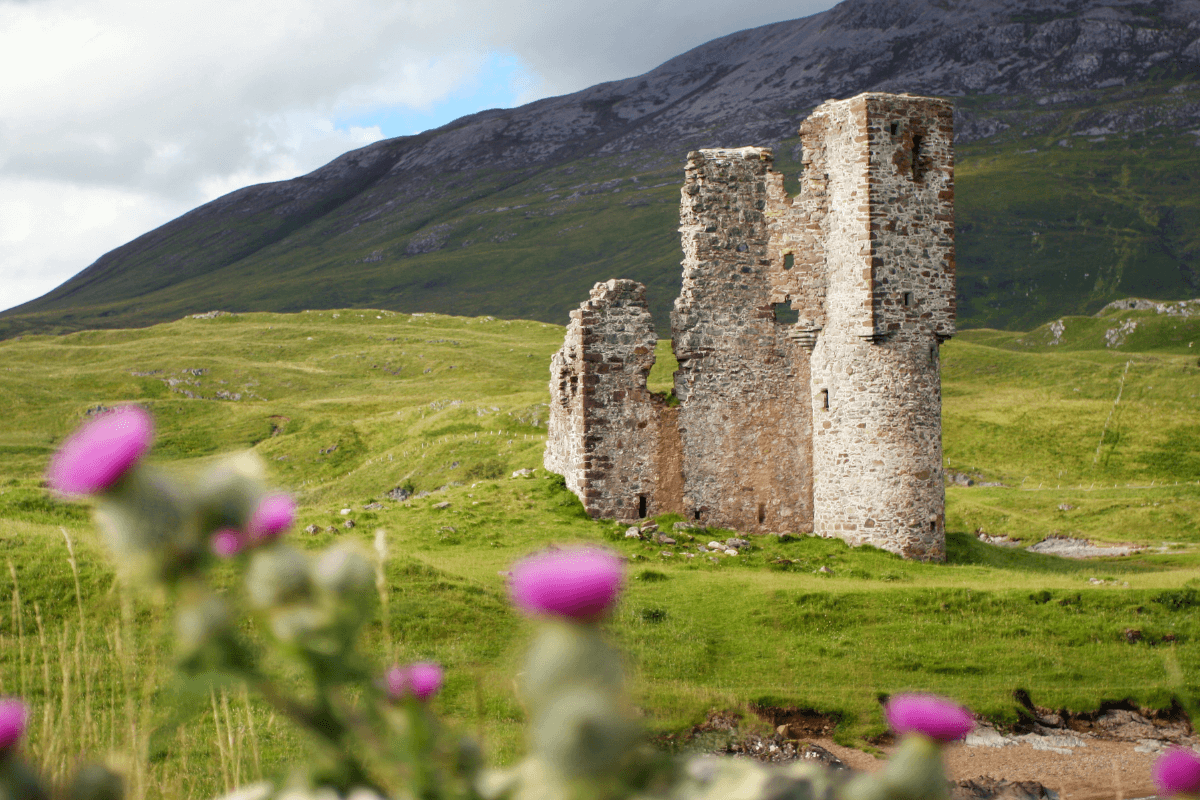
Scotland’s landscape is dotted with castles and ancient ruins, painting a picture of a land steeped in history.
These structures aren’t just tourist spots; they’re a window into Scotland’s past, from clan battles to royal residences.
They inspire stories of bravery, love, and intrigue.
While the stereotype might make you think these sites are on every corner, they’re special because they connect the modern world to Scottish heritage, making exploring them a unique journey through time.
Scotland, with its mix of myths and modernity, is far more complex than any stereotype could capture.
From kilts worn on special occasions to the mythic Loch Ness Monster, the real Scotland is about rich traditions, stunning landscapes, and a warm welcome.
These stereotypes give us a peek into Scotland’s soul, but it’s the stories, people, and experiences beyond them that truly define this vibrant country.
So, next time you visit, come ready to look past the clichés and discover the real Scotland.

